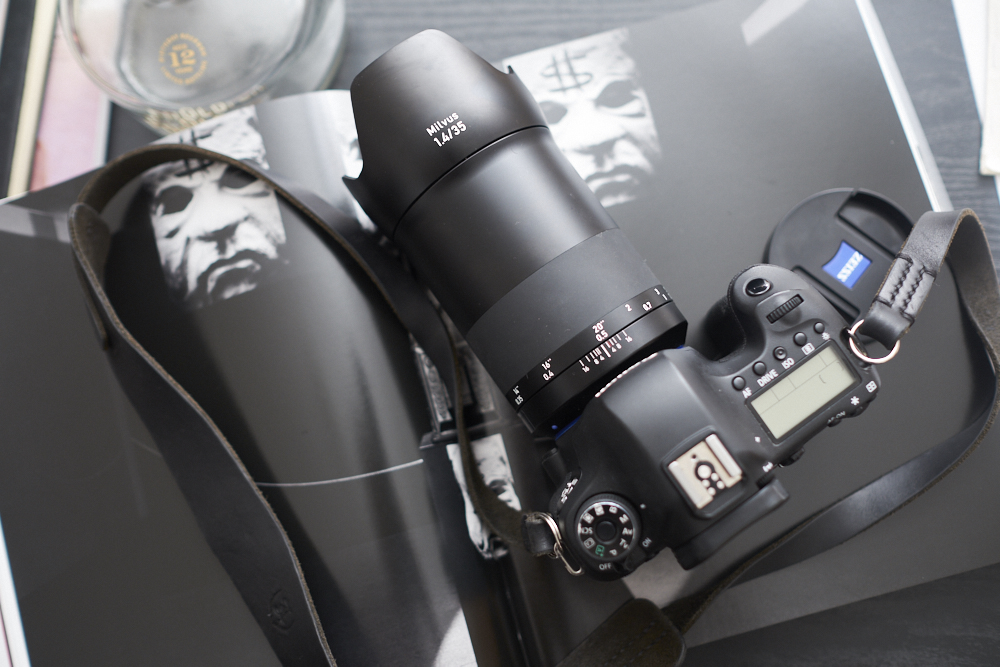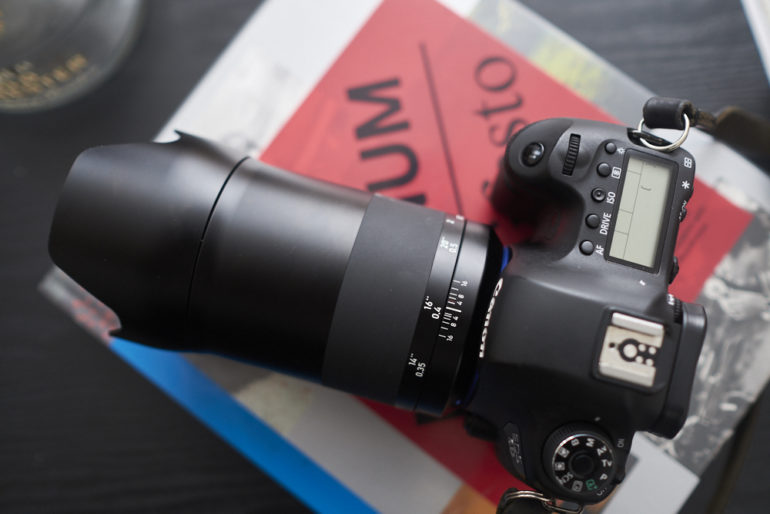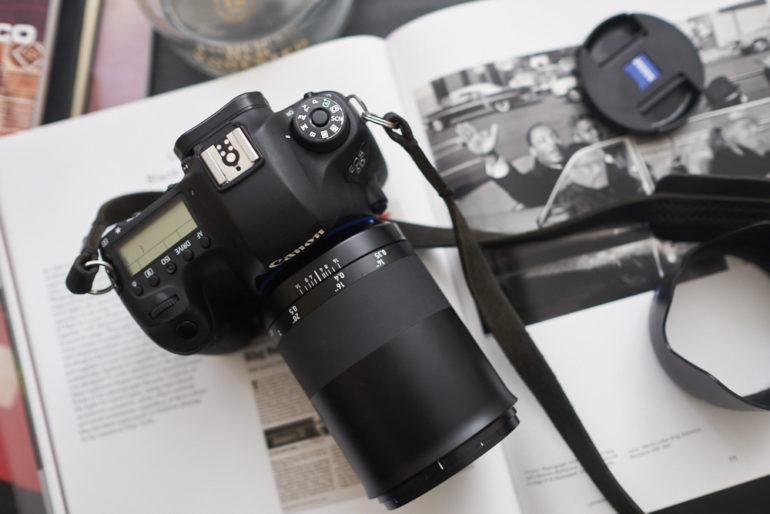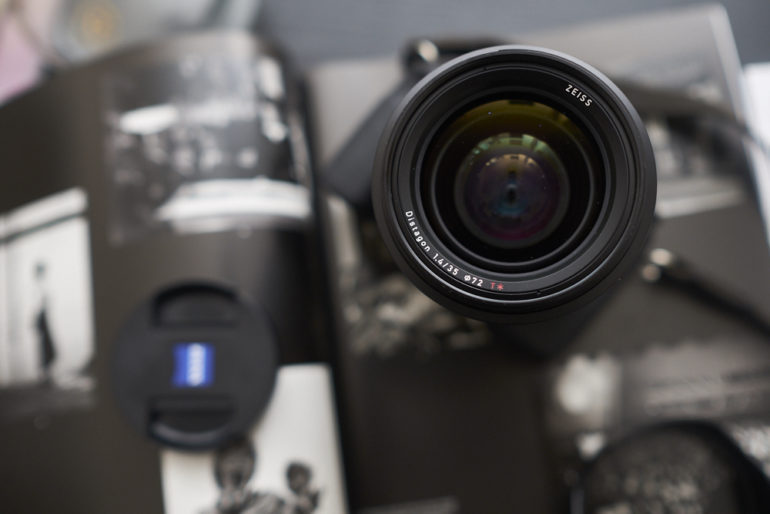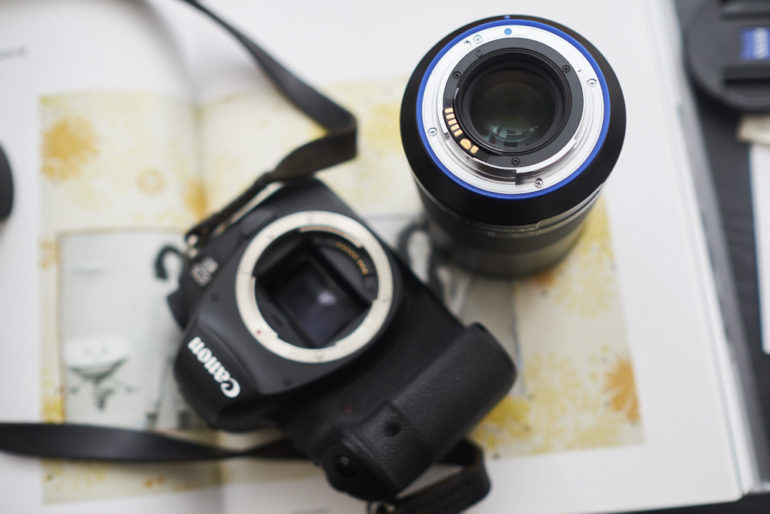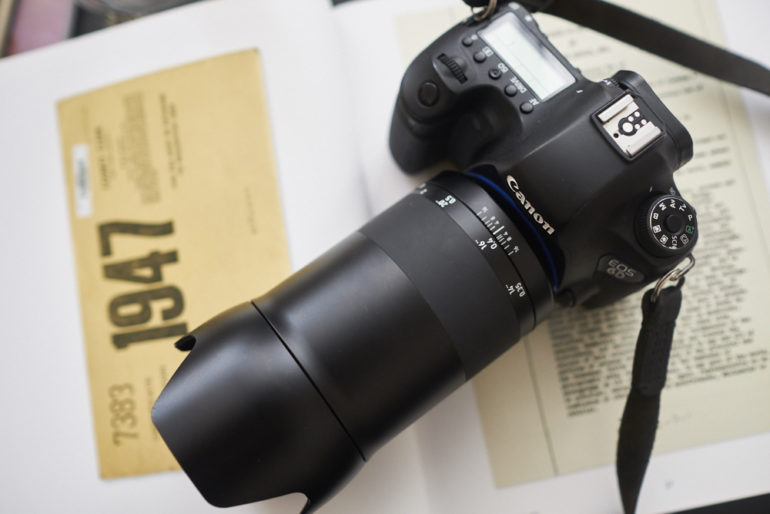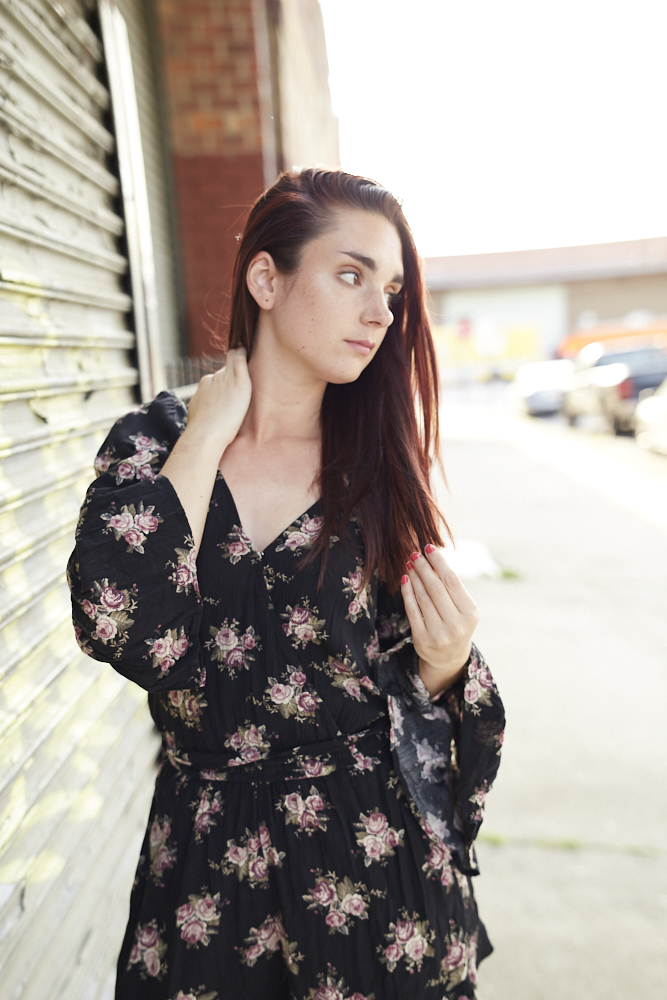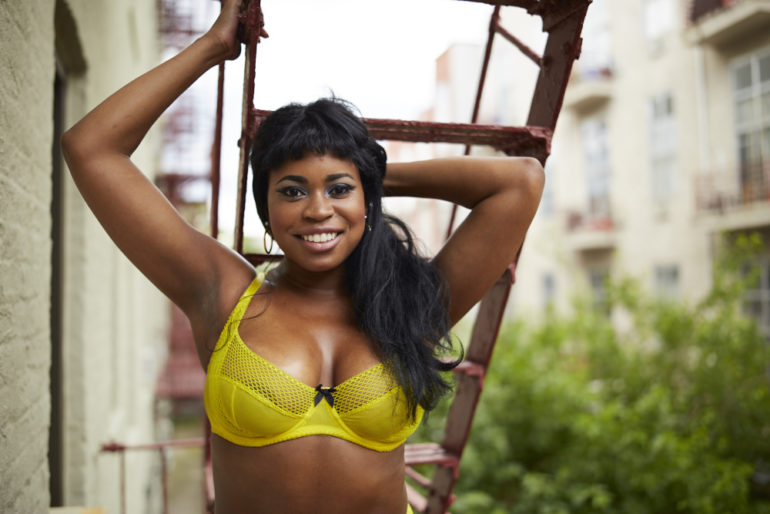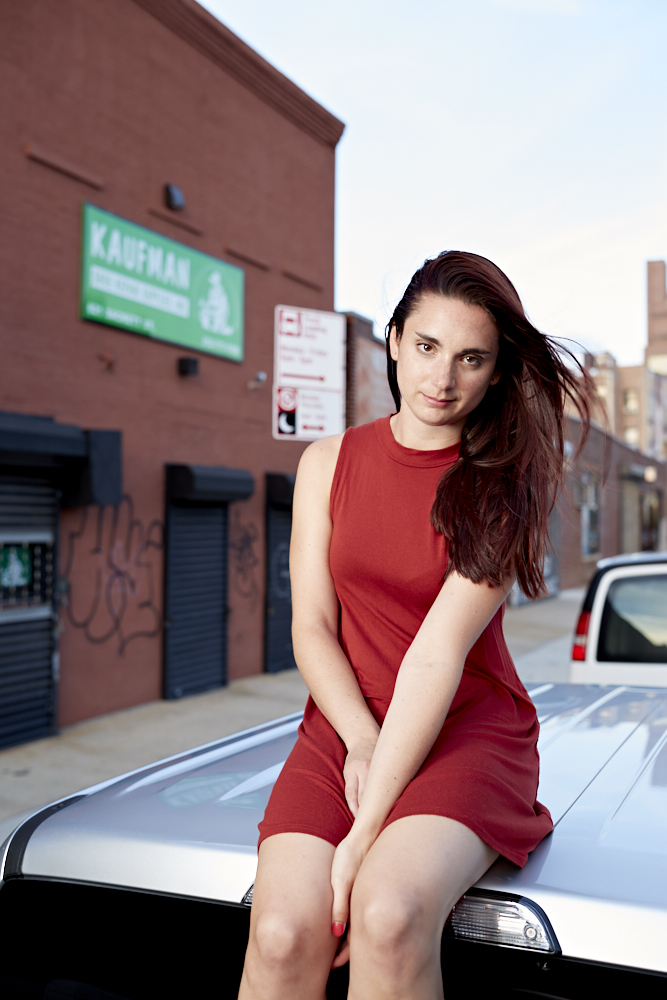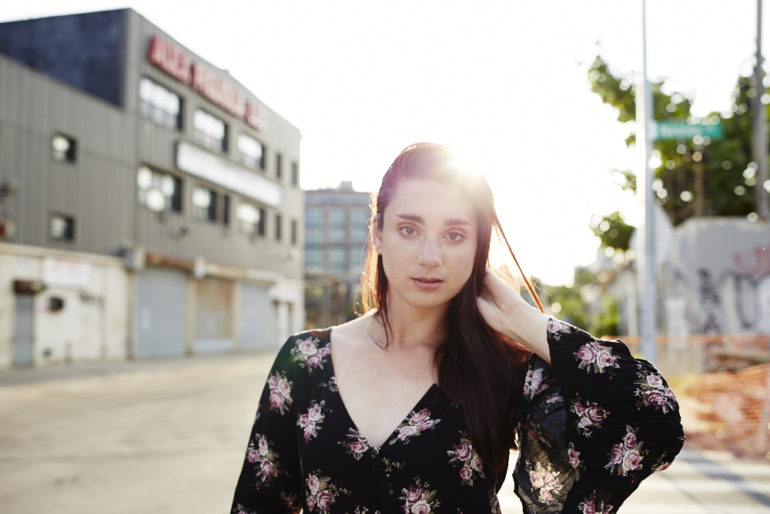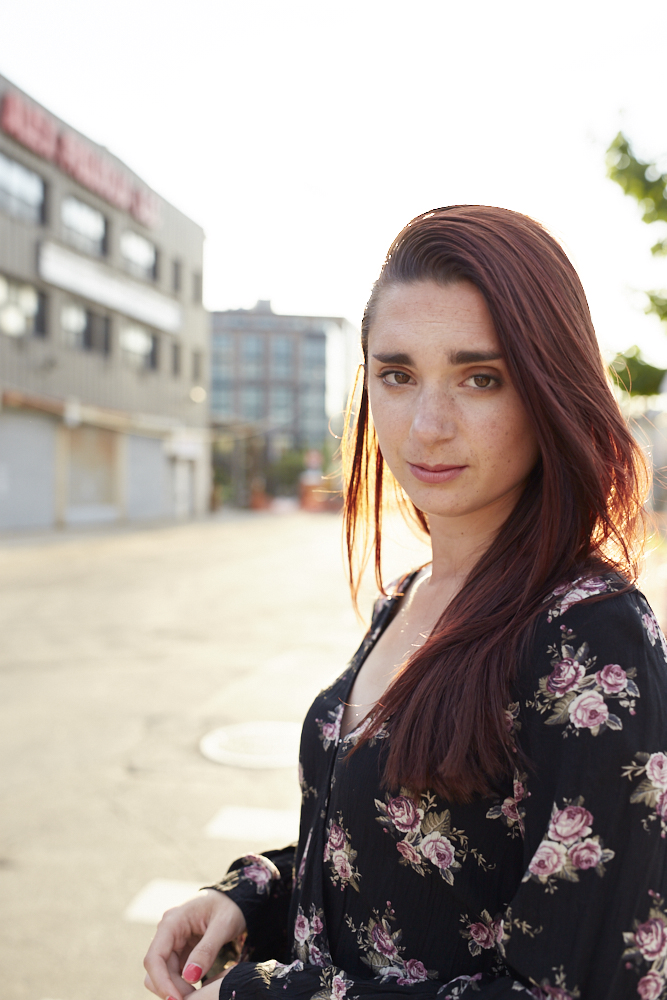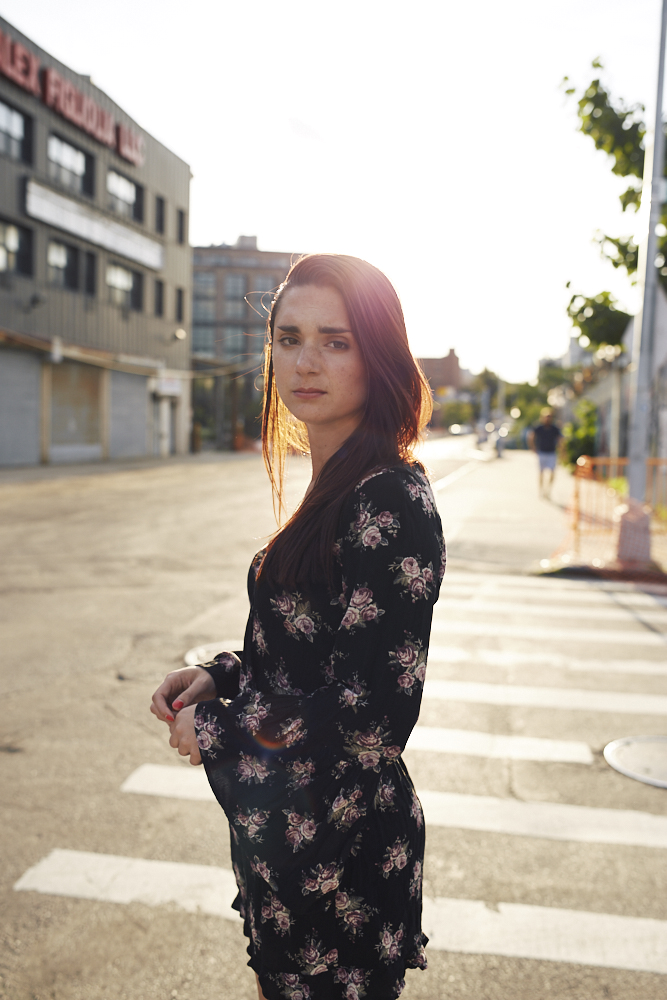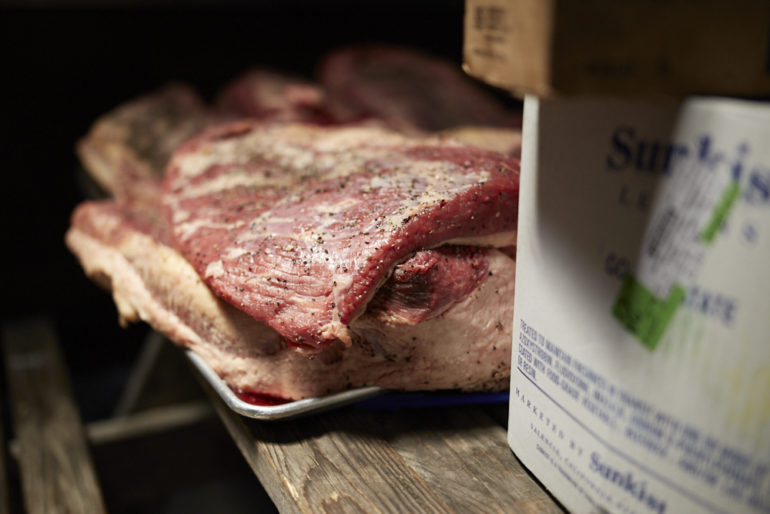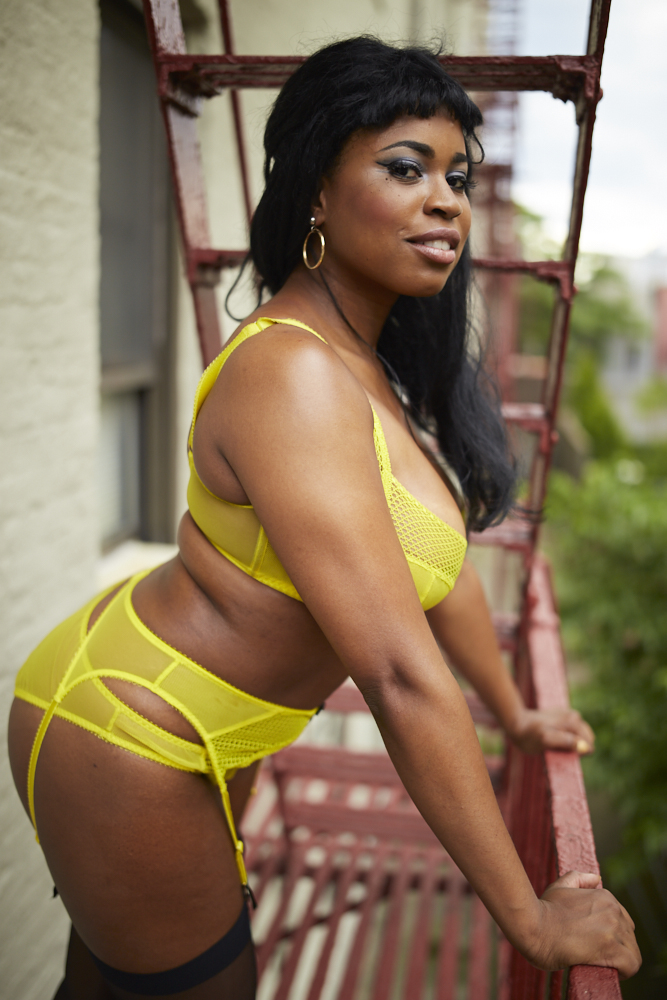The Milvus lineup of lenses from Zeiss are more or less their workhorses; and with the addition of the new Zeiss 35mm f1.4 Milvus lens, I’ve never been more convinced that they’re the absolute best lens maker on the market. Yes, Sigma–that mean even above what you’re capable of. While Zeiss’s mentality has always been about MTF charts and curves, in the past few years they’ve been working on a transition that’s catering not only to that crowd, but also to those who care more about the stuff that can’t be measured in a lab. For example, Zeiss lenses have always had a special character about them–I’ve seen folks on our Facebook page talk about it fairly often when their optics come up.
So what’s even more appealing about the Zeiss 35mm f1.4 Milvus lens is that they’re targeting at portrait photographers.
Editor’s Note: also be sure to check out our Zeiss Milvus guide.
Pros and Cons
Pros
- Fantastic image quality
- Such low distortion that it surely can be used for portraits
- Great skin tone rendition helps this lens work for loads of different skin types and tones
- Sharp
- Zeiss micro-contrast will have everyone in shock at how beautiful the images are
- Precise focusing
- Weather sealing
- Solid build quality
- My personal favorite focal length and aperture
Cons
- I really wish they made this lens for Sony FE cameras or Fujifilm GF format cameras
- Heavy and big
Gear Used
We tested the Zeiss 35mm f1.4 Milvus lens with the Canon 6D, Roundflash dish, and the Adorama Flashpoint Zoom Li-on flash. Some testing was also done with the Zeiss 35mm f1.4 Milvus on the Canon EOS 33 SLR camera loaded with Fujifilm Acros 100.
Tech Specs
Specs taken from the Zeiss Milvus 35mm f1.4 product page
| Performance | Focal length | 35 mm |
| Aperture range | f/1.4 – f/22 | |
| Camera mount | Canon EF-Mount* (ZE) | Nikon F-Mount* (ZF.2) | |
| Format compatibility | Full Frame | |
| Focusing range | 0,30 m (11.81″) – ∞ | |
| Free working distance | 0,14 m (5.43″) – ∞ | |
| Angular field** (diag. | horiz. | vert.) | 65° / 55° / 38° | |
| Diameter of image field | 43 mm (1.69″) | |
| Coverage at close range (MOD)** | 170 x 112 mm (6.68 x 4.41″) | |
| Image ratio at minimum object distance | 1 : 4.6 | |
| Lens elements | Groups | 14 / 11 | |
| Flange focal distance | ZE: 44 mm (1.73″) | ZF.2: 46 mm (1.83″) | |
| Entrance pupil position (front of image plane) | 122 mm (4.80″) | |
| Features | Autofocus | – |
| Image Stabilization | – | |
| Physical | Filter thread | M72 x 0.75 |
| Rotation angle of focusing ring | 227° | |
| Diameter max. | ZE: 85 mm (3.34″) | ZF.2: 85 mm (3.34″) | |
| Diameter of focusing ring | ZE: 83 mm (3.25″) | ZF.2: 83 mm (3.25″) | |
| Length (with lens caps) | ZE: 144 mm (5.66″) | ZF.2: 142 mm (5.57″) | |
| Length (without lens caps) | ZE: 125 mm (4.91″) | ZF.2: 126 mm (4.94″) | |
| Weight | ZE: 1174 g (41.40 oz) | ZF.2: 1131 g (39.90 oz) |
Ergonomics
The Zeiss 35mm f1.4 Milvus lens is not unlike the designs of many of the other Milvus lenses out there. It’s characterized by simplicity if you’re using the Canon version. The Nikon versions have an aperture ring. On the outside what you’re going to care about are the metal exterior and the rubber focusing ring. In addition to that, there’s a depth of field and focusing scale.
The scale works pretty well. And when you’re out and about shooting, you should note that the lens hood doesn’t make the overall package a whole lot smaller. But it will surely protect the lens.
The Zeiss 35mm f1.4 Milvus lens has a 72mm front filter thread. So keep that in mind if you want to put on something like a variable ND filter.
Build Quality
Zeiss Milvus lenses have a very characteristic blue rubber ring towards the lens mount. This ring ensures complete weather sealing. But internally, there are gaskets and other things around the lens. The Zeiss 35mm f1.4 Milvus is otherwise made of pretty much all metal. The exception to this rule is the rubber focusing ring. Depending on who you ask, the rubber ring can be a plus or a minus on the whole package. Zeiss reasons that they made the focusing ring rubber because the metal focusing rings were too cold to touch for their customers when shooting in cold weather. From a practicality standpoint, what they’re saying makes a lot of sense. But in that case, I wonder why the rubber focusing ring doesn’t have grooves to allow it to work better with cinema gears and for simple grip reasons.
Ease of Use
The Zeiss 35mm f1.4 Milvus isn’t a simple lens to use if you’re not used to manual focus optics. A few of my buddies who are so used to autofocus sometimes would take photos and forget that the lens is a manual focus optic. However, if you’re a bit more in the know then you’ll understand that lenses like the Zeiss 35mm f1.4 Milvus are precise and accurate image making tools. The manual focus nature of the lens means that you’ll work harder to get the image. While you’re focusing you’ll figure out depth of field and all that stuff beforehand. It’s a slower process that begs you to give a whole lot of attention to each individual image.
So basically, if you’re using the Zeiss 35mm f1.4 Milvus with a Canon DSLR then you’ll need to hold the AF button down and focus. Before you do this, I strongly recommend choosing a certain autofocus point. When you’re ready to shoot, give it a good guestimate as to how far your subject is. Pre-focus the lens, bring it to your eye, hold the button down, focus, and you’ll see the pre-selected AF point give you confirmation over the subject. If you’re a Nikon DSLR user, then the Nikon rangefinder system is far easier to use.
Either way, I recommend the Zeiss 35mm f1.4 Milvus for the most experienced of photographers.
Focusing
This lens is a manual focus lens. You can surely use a DSLR’s Live View option and then focus if you wish. But otherwise, in the previous section I carefully detailed how to work with the Zeiss 35mm f1.4 Milvus. I personally love the Nikon rangefinder system better because it tells you which direction you need to turn the focusing ring in addition to giving focus confirmation. It makes the usage a whole lot easier overall.
Image Quality
The Zeiss 35mm f1.4 Milvus is without a doubt the absolute best 35mm f1.4 lens that I’ve ever used. And in many ways that makes me both excited and sad. Excited because the image and build quality are fantastic. But I’m also a bit sad because I really wish that Zeiss made this lens for the Fujifilm GF format and the Sony FE camera system. With that said, the lens would probably be a bit smaller in the case of the latter argument. But that’s all just me making some personal wishes.
The Zeiss 35mm f1.4 Milvus excels in every way. It handles distortion very well, exhibits very sharp image quality, has that token Zeiss micro-contrast and pop, and gives off really beautiful colors. If you’re shooting portraits, then you’ll be includes to want to overexpose your scene just a bit.
Bokeh
The bokeh on the Zeiss 35mm f1.4 Milvus is creamy, beautiful and absolutely lovely. On facebook, I shared a number of images from the lens and had photographers that have been shooting for longer than I’ve been alive absolutely smitten with the bokeh. The best bokeh comes when you’re shooting wide open and close up. But if you’re shooting portraits then consider your distance carefully lest you take on perceived distortion due to being so close to a subject physically.
Chromatic Aberration
The Zeiss 35mm f1.4 Milvus doesn’t have any major issues with fringing that I was able to find with the images straight out of camera. And according to Capture One’s automatic distortion fixes, the lens is pretty well handled as it is. But when I went into manual fixes, the below image is what I was able to produce.
Essentially, Capture One believes there to only be issues with distortion near the edges. Not bad, Zeiss!
Color Rendition
The Zeiss 35mm f1.4 Milvus’ color rendition was mostly tested with skin tones and various scenes. Zeiss has been known to go pretty saturated with the wide angle lenses but in this case the saturation is about average. Less so than Sigma’s offering but slightly more so than Canon’s offerings.
Sharpness
The absolute best sharpness from the Zeiss 35mm f1.4 Milvus comes when you illuminate your scenes with a flash. But otherwise, know that this lens is very sharp but not so sharp that you want to not shoot portraits with it due to excessive details in the skin.
With Fujifilm Acros 100
During my tests, I decided to try this lens with some Fujifilm Acros 100. The results are pretty darned sharp and I like them.
Street Photography by Horatio Tan
My buddy Horatio Tan, who runs Street Silhouettes, was in NYC to visit. He tried the Zeiss 35mm f1.4 Milvus and the Canon 6D. The images he created are great IMHO artistically speaking.
Extra Sample Images
Conclusions
Likes
- Image quality
- Weather sealing
- Precise focusing
- Great skin tones
- Nice colors
- Zeiss micro contrast
- Surely keeps the distortion down
Dislikes
- I’d really like this lens to come to mirrorless cameras.
It goes without a doubt that the Zeiss 35mm f1.4 Milvus lens receives our Editor’s Choice award. Zeiss was ballsy enough to say that they wanted to create a lens for portraiture at a wide angle. And lo and behold, they did it. The Zeiss Milvus 35mm f1.4 keeps the distortion down a whole lot. That’s great for portraits but even then you still may want to to get uber close to a subject. However, you’ll be very happy with the skin tones that can be delivered when you lock your white balance to either Tungsten or Daylight. In addition to that, you’ll love the sharpness and the token Zeiss micro contrast that gives a 3D look to the images.
I can’t say anything about the Zeiss 35mm f1.4 Milvus that’s really bad except that you’re obviously getting a big and heavy lens. But the bigger issue that I personally have is that I wish that the Milvus lineup came to the Sony mirrorless lineup of cameras or that it went to the Fujifilm GFX series.
Either way, the Zeiss 35mm f1.4 Milvus lens receives our Editor’s Choice award and a five out of five star rating.


